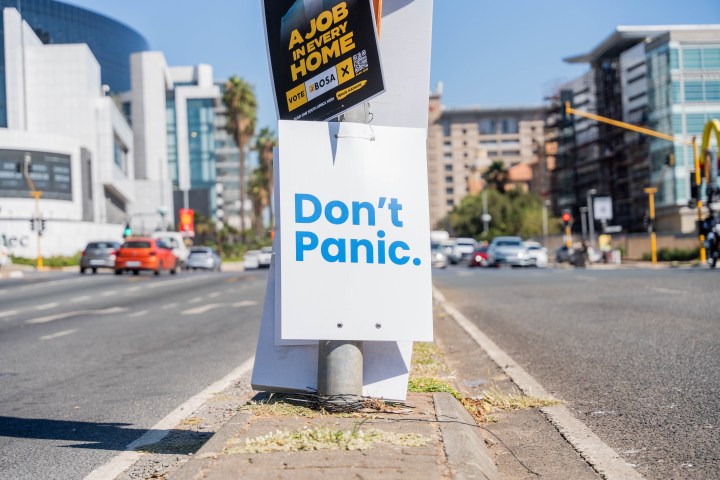Amid the cobblestones of Bebelplatz in Berlin, just where Humboldt University stands in what used to be part of East Germany, is a glass pane. Smallish, maybe 60cm by 60cm. Below is a stark white room with empty bookshelves.
This memorial commemorates the 1933 book burning by the Nazis, whose student union on 10 May that year destroyed the writings of hundreds of freethinking authors, philosophers and scientists. A bronze plaque embedded in the cobblestones explains.
In the shadow of the university, this is a powerful caution. A reminder of how an act that may have been spectacular in its mob optics should have served as a warning of the terror that unfolded.
The Bebelplatz memorial is easily overlooked. Not so the Memorial to the Murdered Jews of Europe, 2,710 stelae over 19,073 square metres just off Brandenburg Gate and the Bundestag, Germany’s parliament.
Arising from journalist Lea Rosh’s proposal for a “memorial as a visible commitment to action” made during a 1988 panel discussion, on 25 June 1999 the Bundestag passed a resolution for its construction. It was completed in May 2005.
It is a stark reminder of Nazi terror and murder. It’s a caution for it never to be allowed to happen again. Even if right now in Europe, as in the United States and the United Kingdom, right-wing forces and populism are on the rise – and as South Africa is getting its own dose of fascist populism.
Memorials are of the act of remembrance – like the commemoration of the 75th anniversary of Auschwitz’s liberation at the memorial to Europe’s murdered Jews on 27 January 2020 – a caution against forgetting, but also an account of how a city is shaped.
In Helsinki, there are public boards at many intersections showing how the crossroads looked, say 100 years ago, through the contrast of a rather provincial snapshot with the reality of a bustling avenue.
So too in Berlin. Boards along the sidewalks explain the architecture – how a summer getaway palace became a block of flats, or how after blocks of buildings were razed in World War II, the East Germans built “luxury apartments” that still exist today.
The structure with the greatest impact was the wall that cut through Berlin. Today it’s clearly visible, with paving stones marking the course of the wall in many parts of the now unified German capital. At the Bundestag the wall literally put the bombed-out Reichtstag, as it was known, on the side of the Western Allies and the MPs’ offices on the East side.
The graffiti of Russian soldiers liberating Berlin in May 1945 is integral to the Bundestag building today as is a more modern tribute to democracy – a column on which flashes the transcripts of House debates.
The Wall Memorial at Bernauer Strasse graphically illustrates how a community was divided in one fell swoop in 1961. On the wall of one broken terrace of housing is a gigantic photo depicting Garten Strasse then. The now with construction at the underground train station is today’s reality.
Rusted iron rods running along the paving stones marking the route of the wall are one part of the memorial, fragments of the original wall, including foundations for spotlights, are another.
As are markers to those who fled, or tried to flee.
It is this attention to the individual histories and acts of ordinary persons that runs like a golden thread through the memorials against forgetting.
Acts of courage, victims and survivors are honoured by their individual recognition – in name, and through images and personal possessions.
This is a historical perspective that honours Everyman – and goes beyond elite hagiographies.
Significantly, in this approach to memory and not forgetting, the perpetrators of the Nazi terror and murders are held accountable also by being identified by name, in photos and in survivors’ accounts – even if those Nazis committed suicide, escaped abroad or received minimal jail terms.
And the Nazi correspondence that chillingly lists numbers of people killed is on display to highlight the guise of legitimacy Nazis gave the terror and murders of millions of Jews, and those of different political convictions, gays, physically and mentally disabled, the Roma and Sinti.
Many of the memorials are less than 3o years old, as the November 1989 fall of the wall appears to have been a catalyst. But the more recent memorials are not at odds with others such as the Soviet War Memorial in Tiergarten, dedicated to the Russian soldiers who fell, as the inscription states, in the fight against fascism.
The decision to support all these memorials from the public purse is crucial – as is the free admission at most. The memorials are part of the official Visit Berlin website.
Berlin’s memorials against forgetting are a public expression of a commitment to not allow the emergence of the inhumane, the atrocious and the undemocratic
They are living history that places the individual at the centre – in tribute to acts of courage, determination and persistence against terror, but also in condemnation of participation and complicity in the Nazi terror.
Herein lies a crucial lesson for South Africa. DM













